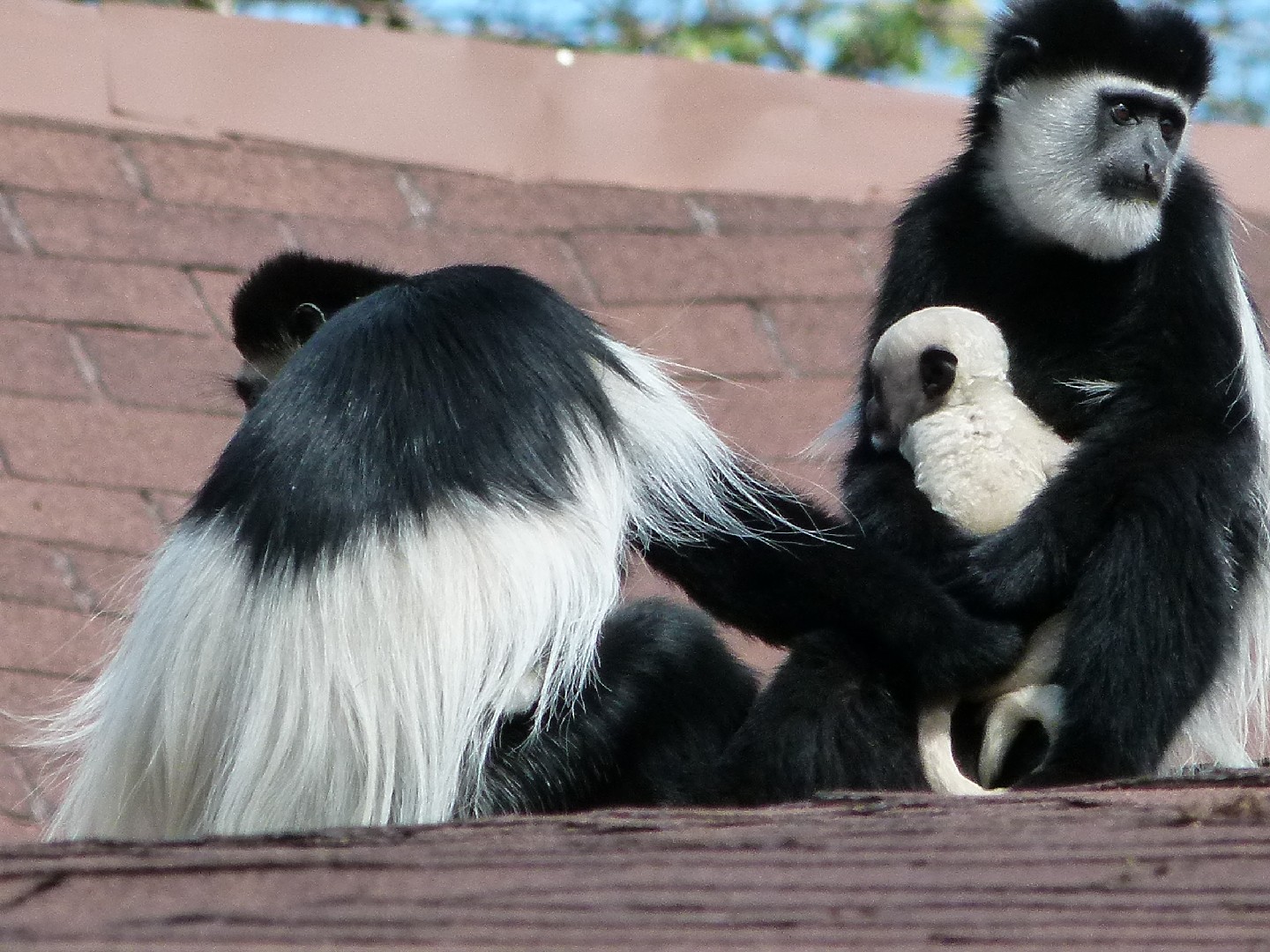Mantled guereza
A species of Black-and-white colobuses, Also known as Eastern black-and-white colobus, Colobus monkey, Black-and-white colobus monkey Scientific name : Colobus guereza Genus : Black-and-white colobuses
Mantled guereza, A species of Black-and-white colobuses
Also known as:
Eastern black-and-white colobus, Colobus monkey, Black-and-white colobus monkey
Scientific name: Colobus guereza
Genus: Black-and-white colobuses
Content
Description General Info
 Photo By Ahero dala , used under CC-BY-SA-4.0 /Cropped and compressed from original
Photo By Ahero dala , used under CC-BY-SA-4.0 /Cropped and compressed from original Description
Mantle monkeys are large, relatively heavily built animals. Their fur is strikingly black and white patterned: the basic color is black, white is the framing of the face, the U-shaped long "coat" on the shoulders and back, the outside of the hips and the bushy tail tassel. As with all colobus monkeys, the thumb regresses, which is an adaptation to the tree-dwelling way of life. The face is dyed gray and hairless, the nostrils are elongated and reach almost to the mouth. Mantled monkeys reach a head length of 50 to 67 centimeters, the bushy tail becomes 52 to 90 centimeters long. The weight varies between 7 and 14 kilograms, with the males becoming significantly heavier than the females.
General Info
Lifespan
20-30 years
Diet
Mantled guereza is a folivorous primate, with leaves being its primary food source. It supplements this vegetation-based diet with fruits, seeds, and occasionally insects, focusing on digesting complex carbohydrates.
Appearance
The mantled guereza is characterized by its slender body, measuring up to 75 cm in length, excluding the tail, which can be twice its body length. Its black fur contrasts sharply with patches of white fur around the face, chest, and tail end. The mantled guereza doesn't have thumbs, a distinguishing feature from its primate counterparts. Young ones have a pink face which turns to black as they mature. No significant differences in appearance exist between genders.
Behavior
Mantled guereza are gregarious primates, typically forming groups of 5-10 individuals with a single dominant male leading. Known for their intricate aerial acrobatics, they display agile locomotion among forest canopies. Predominantly herbivorous, their day is mostly spent foraging. Territorial conflicts may involve complex vocal and visual displays.
Population
Decreasing